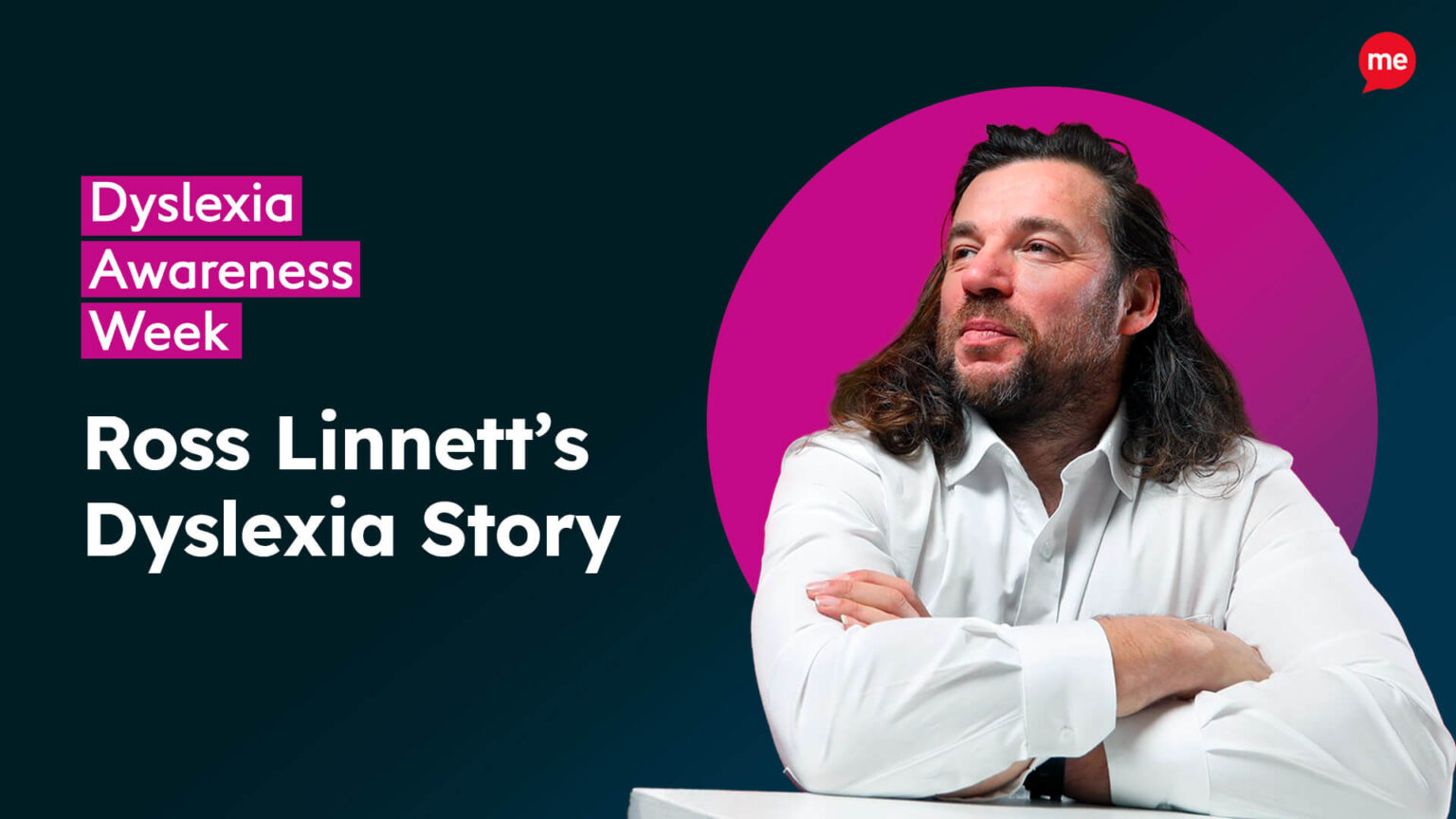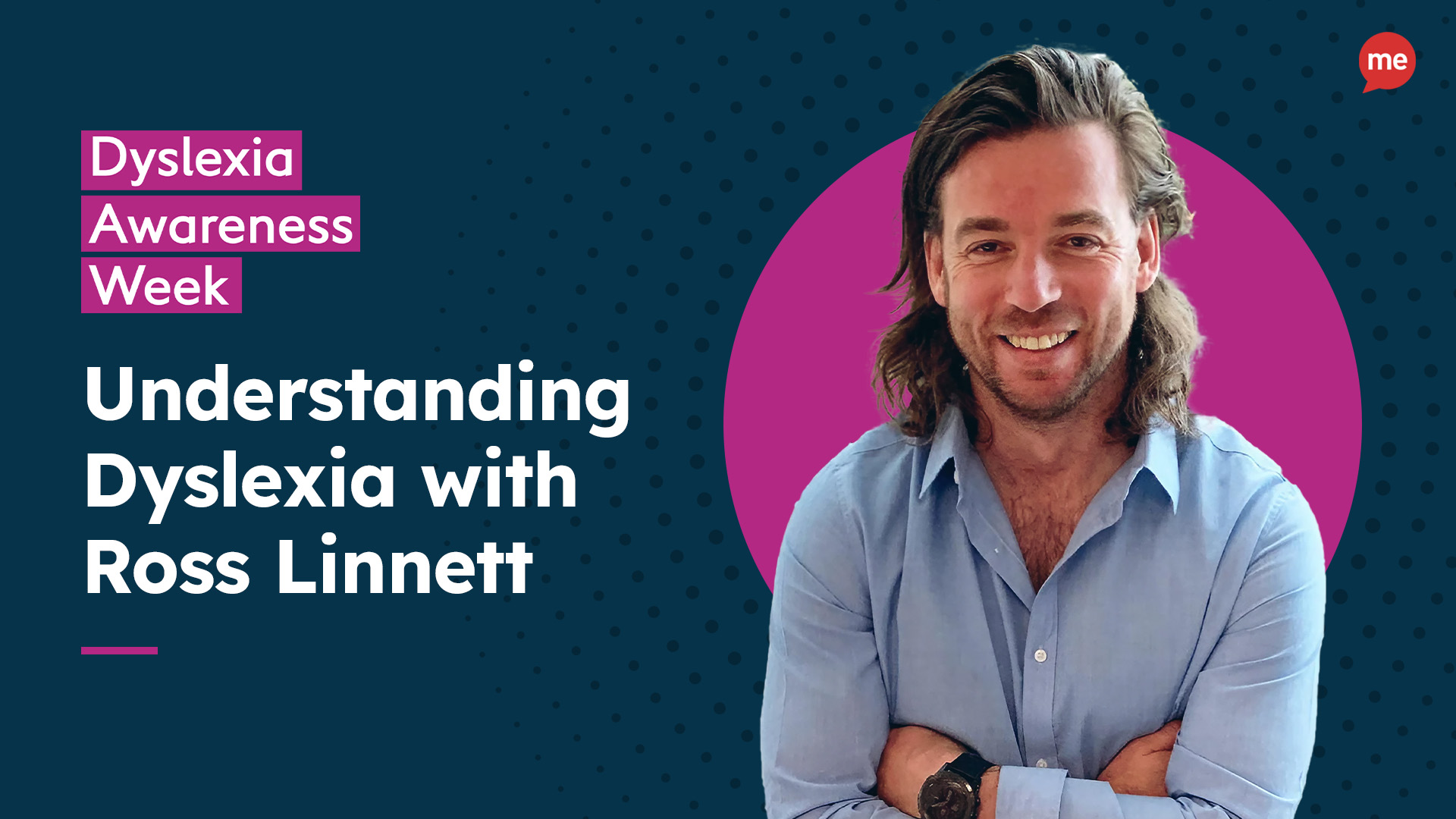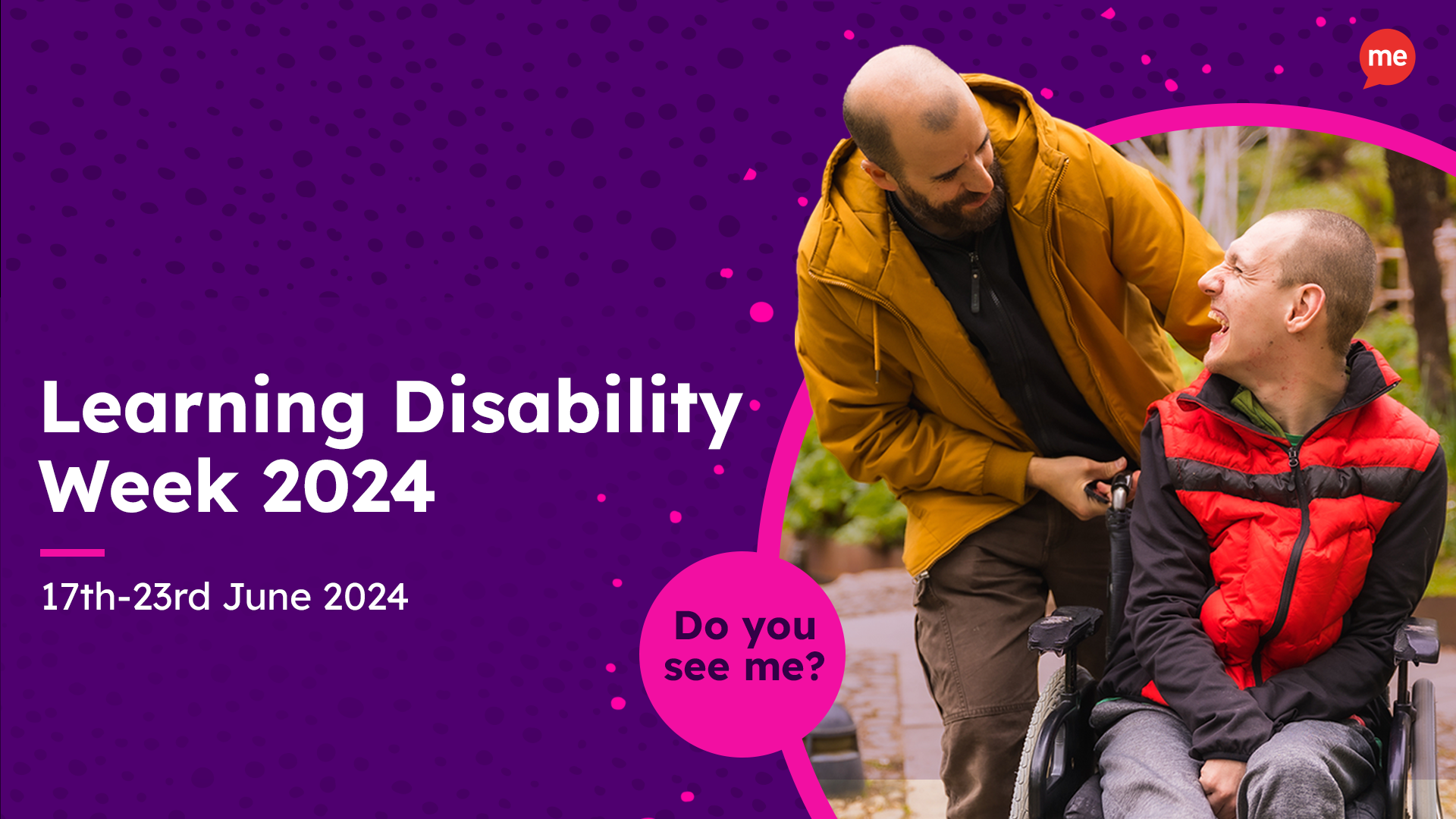Nowadays everyone relies on the internet for day to day life and those with visual impairments are no different. Unfortunately, inaccessible websites can make it difficult to navigate through the internet. If you have a website, then you have a responsibility for website accessibility.
Why do you Need to Make Your Website Accessible for People with Visual Impairments?
To put it simply, web accessibility allows people with disabilities to perceive, understand, navigate and interact with the internet. Designing your website with web accessibility in mind is not only a legal obligation and the right thing to do, but it is also good for business performance. Below are some of the reasons why you should make your website accessible:

Access to a Larger Market
According to the UN globally, at least 2.2 billion people have a vision impairment or blindness, this includes people who are registered blind and partially sighted. Research shows that having sight loss can often lead to people facing barriers that prevent them from carrying out their daily activities. For example the most recent Click-Away Pound Survey in 2019 found:
69% of disabled users left a website they found hard to use
83% of disabled users limit their shopping to sites they know are bar
Improved Brand Reputation
If your company isn’t viewed as being inclusive, some customers simply will not spend their hard-earned money on your products and services. Forbes reported that 52% of all adult online consumers consider a company’s values when making a purchase. That rate is even higher among the Millennial and Gen Z generations, who are incredibly socially conscious in their purchasing habits. For more on this check out our article How to Improve Brand Reputation Through Being Inclusive.
Compliance with Accessibility Legislation and Guidelines
It is expected by law that businesses and service providers do not treat those with disabilities less favourably. The Web Content Accessibility Guidelines (WCAG) provide minimum standards that all businesses globally should adhere to and outside of this, there will be additional national and international standards and regulations.
The WCAG guidelines define how content should be made more accessible to those with disabilities, and they incorporate principles for labels, headings, colour, colour contrast, text size, and navigation, among other factors. Currently the new WCAG 3.0 guidelines are in the drafting process, for a run down of what we know so far read our article A New Standard of Website Accessibility is on the Way.
It is important to note that offering accessibility and being inclusive are not the same thing. Accessibility compliance alone does not enable users to create a fully customisable experience. What makes a website truly inclusive is giving people as many choices as possible so they can customise your site and consume the information in a way that is personalised and tailored to their own individual needs, and it is here that Recite Me sits.
Improved SEO
Many of the recommended best practices for improved SEO accessibility are heavily weighted on search engine algorithms. The latest Google algorithm updates actively validate websites that follow accessibility guidelines, and sites offering digital inclusion are becoming increasingly favoured as trusted sources on search queries. To learn more about how web accessibility impacts marketing check out our blog How does Web Accessibility Impact Marketing Outcomes?
What are the Most Common Issues When Navigating the Web?
Headings not Following a Structure
It is common for those who use screen readers to scan the page using the headers as it allows them to hear an overview of the page’s key information. If a webpage doesn’t use headers this method of skimming is almost impossible.
Missing ALT text on Images
ALT text is a short written description of an image and is read aloud to users by screen reader software. If no ALT text is provided a screen reader would only be able to say “image” or perhaps read the file name.
Links and Buttons Without Accessible Description
Those who use screen readers often use a keyboard shortcut to list all the links on a page to navigate it more efficiently. Non descriptive link text like ‘click here’ and ‘read more’ can be confusing when a screen reader reads them out of context.
Low Contrast on Text
There must be sufficient contrast between text colour and the background so the user can perceive the information on the screen. The WCAG standards set out guidance for all essential items on a page to meet minimum contrast levels. If contrast levels are not met those with low vision or colour blindness may not be able to access the complete information.
Accessibility Best Practices for People with Visual impairments
If you’re looking to make your website more inclusive for people who are visually impaired, these are some best practice tips
Provide sufficient contrast between text color and it’s background colour
Use descriptive labels for links and buttons
Provide ALT text for images
Use headers to organise page content
Don’t use colour alone to convey meaning
Invest in assistive technology for the blind and visually impaired to provide a truly customisable and inclusive online experience
.png)
How can Recite Me Help?
People with sight loss or low vision can use the Recite Me assistive toolbar to have text read aloud to them in 35 different languages including English. They can also use it to increase the font size and the space between lines of text, select a plain text only view, zoom (aka magnify) and use a screen mask plus a ruler to help focus on a specific area of a web page. Our assistive toolbar also lets users choose the font colour and background colour to help make text as easy as possible to read.
Martin Lea, Recite Me Sales Executive, has a visual impairment. He said:
“I became visually impaired in my mid-forties having acquired a condition that permanently damaged the macular in my right. The range of styling features on the Recite Me assistive toolbar massively support my content reading. Mostly the font size increase button and the colour, contrast, and font options.
“All websites have their own styles but there seems to be a trend of using dark grey text on a light grey background which can be frustrating. Recite allows me to apply ‘MY’ preferred colours and font, to facilitate reading content. Reading paragraphs with essentially just my left eye means it’s easy to lose my place in a long paragraph. The ruler keeps me in the right place on-page.”
Recite Me is quick and easy to implement on your website and can usually be installed in under an hour. If you’d like to know more or join the hundreds of companies that have already adopted our inclusive, please contact our team or request a demo. Be sure to check out our WCAG compliance accessibility checker here.


